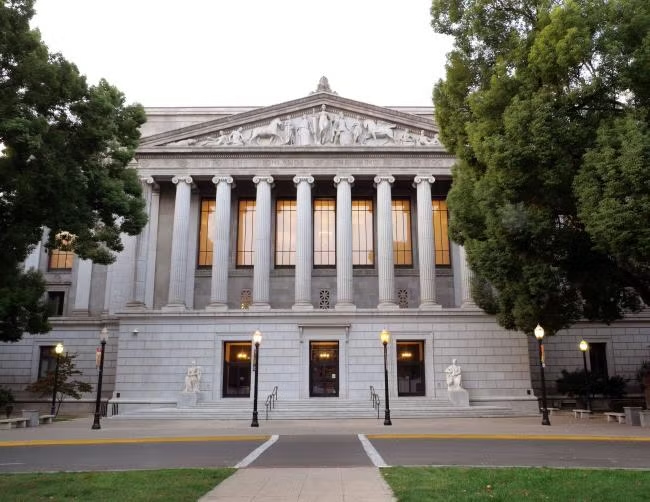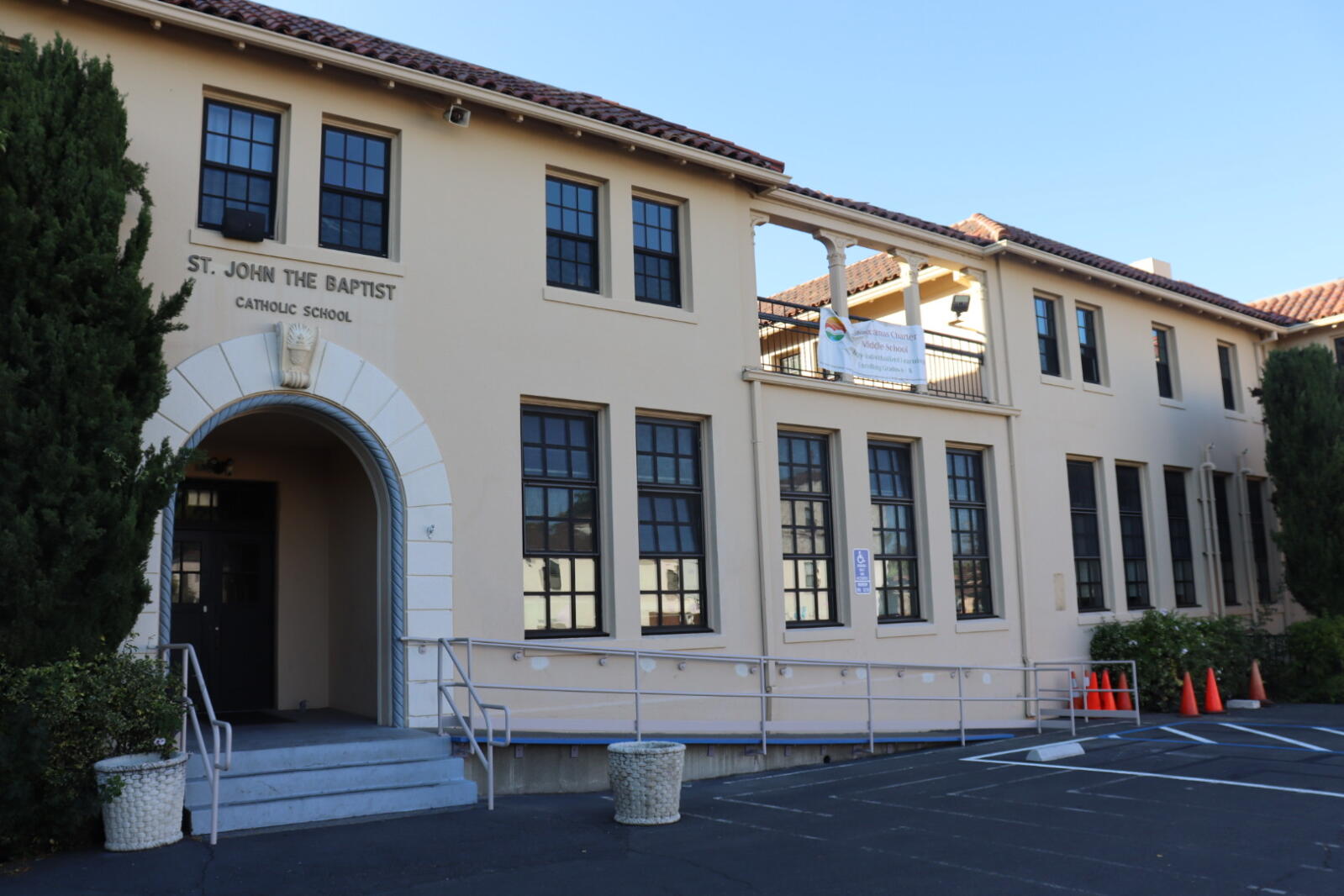The Ninth Circuit Court of Appeals recently clarified the limits on the ability of a district to regulate speech on its property. In Eagle Point Education Association/SOBC/OEA v. Jackson County School District No. 9 (9th Cir. 2018) __ F.3d. __ [2018 WL 560527] the Court held that school district policies that prohibited, among other things, picketing and other speech on district property violated the First Amendment rights of teachers and students. While the facts in this case were rather unique, the decision is a helpful reminder that districts cannot create unreasonable limitations intended to suppress expression of a particular viewpoint.
Background
Anticipating a teachers’ strike, an Oregon school district adopted policies which prohibited picketing on District property and placing signs and banners on any District property without prior approval, and which prohibited strikers (including parents) from entering District property for any reason on any day they were picketing. Union members were required to sign a statement agreeing not to enter District property for any reason during the strike. The District prohibited a student from parking on District property because she had a sign supportive of the strike on her car while other students who posted on Facebook supporting the strike were told they needed to stay home from school. The union, individual District employees and a student brought suit alleging their First Amendment Rights had been violated.
Decision
The District’s main contention was the policies it adopted were aimed at “government speech” and, therefore, not subject to First Amendment protections. The Government Speech doctrine applies where a reasonable person would likely confuse the statement of a private person or group with that of the government entity. The Court dismissed that argument, finding that in this situation “a reasonable observer would not think that the pro-strike message of the strikers or their supporters was a statement made or endorsed by the District” and it was clear that “activities engaged in by strikers were obviously not sponsored by the District.”
The Court went on to explain the extent to which such speech can be regulated on government property depends on the type of forum: (1) A “Traditional Public Forum” that has traditionally been available for public expression; (2) A “Designated Public Forum” not traditionally opened to the public for speech but by policy or practice has been opened for indiscriminate use; (3) All other government property falls into the third category of “Non-Public Forum.” Here the Court treated all of the District’s property as a non-public forum where speech can be reasonably restricted through viewpoint neutral regulation (meaning it cannot discriminate or suppress a particular point of view).
Even under this more deferential standard, however, the Court found the District’s restrictions were not reasonable. It noted there was “no indication of potential violence, disruption, or other potential harm to students or teachers or members of the public, which might have justified [the policies].” The Court further concluded that the policies were not viewpoint neutral, were overly broad and “directly aimed at stifling disagreement with the District’s position.” Based on these facts, the Court concluded that the District violated the First Amendment rights of teachers and students, but clarified:
“To be clear, we do not hold that a public school district or any other governmental unit is precluded from taking any action to continue operations during a strike or from imposing reasonable, viewpoint-neutral restrictions generally on access and expressive activities in a non-public forum. But restrictions on free speech rights cannot be aimed at stifling expressions of dissent, even where—indeed, especially where—such restrictions are intended to show the government’s resolve.”
Impact
The decision serves as a good reminder that districts must be careful and cautious when limiting speech on district property, and should consider the following:
- Policies limiting speech should be designed to prevent disruption of instructional activity, potential violence or to prevent a specific type of harm or violation of the law after some indication/documentation that harm is likely to occur.
- Policies should carefully distinguish as to the times when activities are prohibited or permitted (instructional versus non-instructional time) and places where such activities are prohibited or permitted.
- Policies should not be overbroad such as prohibiting strikers from entering campuses for any reason.
- Students retain free speech rights while attending school and many of these rights are detailed in District policies. Those policies, as well as legal counsel, should be consulted prior to disciplining or removing students for purely speech related reasons.
- Decisions from the Public Employment Relations Board outline the protected activities/speech rights of employees during strikes and other concerted activity as well as the restrictions which can be placed by Districts. We do not believe this decision impacts those PERB precedents.
If you have any questions regarding this case or on policies regulating speech on district property, please do not hesitate to contact us.



![25_0123 DWK 2025 BIT Thumbnail_500x500[1]](https://www.dwkesq.com/wp-content/uploads/2025/02/25_0123-DWK-2025-BIT-Thumbnail_500x5001.jpg)